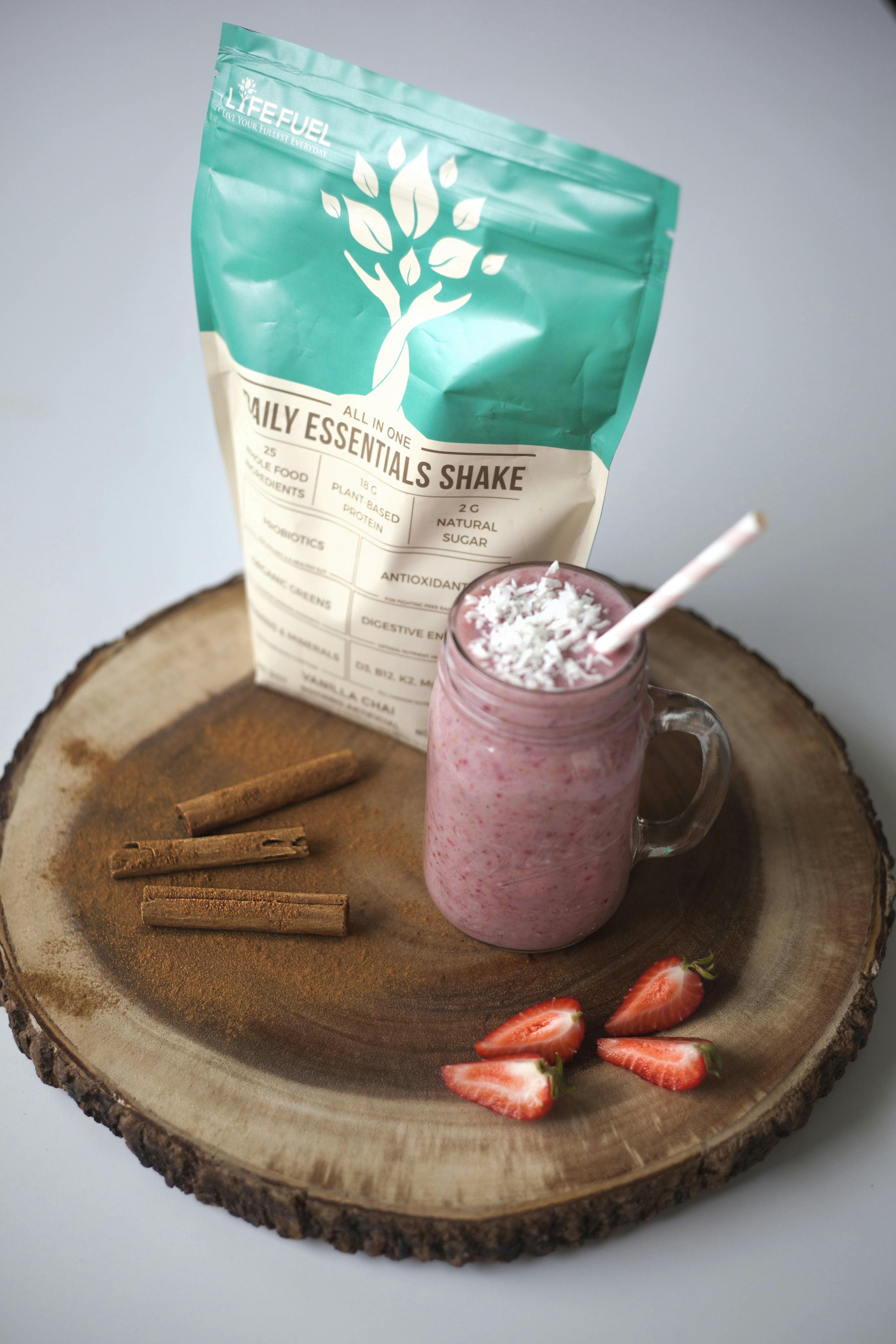In the grand tapestry of nutrition, the trio of carbohydrates, proteins, and fats weaves the very fabric of our sustenance and vitality. Yet, in the labyrinth of modern dietary advice, finding the right balance can often feel like deciphering an ancient riddle. Imagine a symphony where each macronutrient plays a distinct yet harmonious note, contributing to the overall melody of health and well-being. This article is your conductor’s guide to orchestrating the perfect balance of carbs, protein, and fats, ensuring that every meal hits the high notes of optimal nutrition. Whether you’re a seasoned health enthusiast or just embarking on your nutritional journey, prepare to uncover the secrets to a well-balanced diet that not only nourishes the body but also delights the senses.
Understanding Macronutrients: The Building Blocks of a Balanced Diet
To achieve optimal nutrition, it’s essential to understand the roles of carbohydrates, proteins, and fats. Each macronutrient serves a unique purpose in the body:
- Carbohydrates: These are your body’s primary energy source. Opt for complex carbs like whole grains, fruits, and vegetables to provide sustained energy and essential nutrients.
- Proteins: Vital for muscle repair and growth, proteins should come from varied sources such as lean meats, fish, legumes, and nuts. This diversity ensures you get a broad spectrum of amino acids.
- Fats: Not all fats are created equal. Healthy fats, found in avocados, nuts, and olive oil, support brain function and hormone production. Avoid trans fats and limit saturated fats to maintain heart health.
Balancing these macronutrients doesn’t mean adhering to a rigid formula. Instead, listen to your body’s needs and adjust your diet to ensure you get a mix that supports your lifestyle and health goals.

Crafting the Perfect Plate: Proportions and Portions
Creating a harmonious plate isn’t just about satisfying your taste buds; it’s about ensuring your body gets the right mix of nutrients. Balancing carbs, protein, and fats can be an art form. Imagine your plate divided into three key segments:
- Carbohydrates: Think whole grains, fruits, and vegetables. These provide the energy to fuel your day.
- Protein: Lean meats, beans, or tofu are your go-to options. They help in muscle repair and growth.
- Fats: Incorporate healthy fats like avocados, nuts, and olive oil. They are essential for brain health and hormone production.
To maintain optimal nutrition, ensure that each meal includes these three elements in balanced proportions. This not only keeps you full longer but also supports overall health.

Smart Carbohydrate Choices: Fueling Your Body Right
Making smart carbohydrate choices is crucial for maintaining energy levels and overall health. Opt for complex carbohydrates such as whole grains, legumes, and vegetables. These options not only provide sustained energy but also come packed with essential nutrients and fiber.
- Whole Grains: Brown rice, quinoa, and oats are excellent choices that offer vitamins, minerals, and fiber.
- Legumes: Beans, lentils, and chickpeas are rich in protein and fiber, making them a great dual-purpose food.
- Vegetables: Sweet potatoes, carrots, and broccoli are nutrient-dense and low in calories.
These smart carb choices can be seamlessly integrated into meals, balancing your diet and fueling your body efficiently.

Protein Power: Selecting Quality Sources for Muscle and Maintenance
When it comes to fueling your body for muscle growth and maintenance, the quality of your protein sources is crucial. Opt for lean meats like chicken breast and turkey, which provide high protein content without excess fat. Fish, particularly fatty varieties like salmon and mackerel, not only offer ample protein but also supply heart-healthy omega-3 fatty acids. Plant-based proteins such as lentils, chickpeas, and quinoa are excellent for those following a vegetarian or vegan diet, delivering essential amino acids and additional fiber.
Incorporating dairy products like Greek yogurt and cottage cheese can also enhance your protein intake while providing calcium for bone health. For a quick and convenient protein boost, consider protein powders derived from whey, casein, or pea protein. Remember, the goal is to choose protein sources that align with your dietary preferences and nutritional needs, ensuring a balanced and effective approach to muscle building and maintenance.





